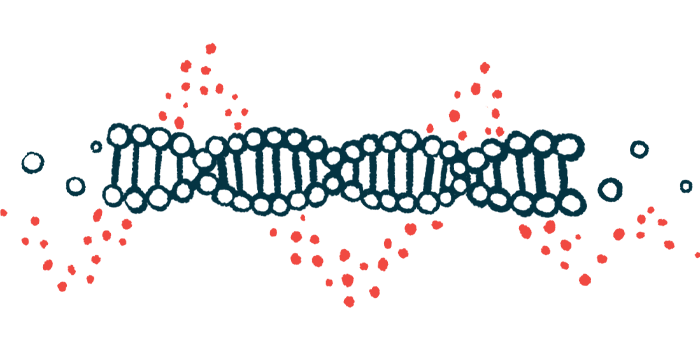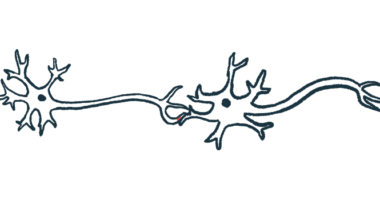Gel-like RNA molecules may play a role in driving Huntington’s disease
Structures may sequester a molecule needed for protein production

The genetic mutation behind Huntington’s disease may cause neurodegeneration through the production a toxic form of the huntingtin protein, but abnormally long RNA molecules that form gel-like structures that gum up protein production might play a role too.
These are the findings of a new study that’s part of a collaboration between researchers at the University of Plymouth, the U.K., and Fudan University and Tsinghua University, China. Using human and mouse cells, the researchers found that these gel-like RNA structures may sequester a molecule that’s central to protein production.
“This study marks a real step forward in what we know about the causes of Huntington’s disease and other neurodegenerative conditions,” Shouqing Luo, PhD, one of the study’s co-senior authors at the University of Plymouth, said in a university news release. “It provides us with new mechanistic insights into diseases such as [Huntington’s] that we can potentially use in the future to develop more effective ways of treating these conditions.”
The study, “Gelation of cytoplasmic expanded CAG RNA repeats suppresses global protein synthesis,” was published in Nature Chemical Biology.
What is the cause of Huntington’s disease?
Huntington’s disease is caused by excessive repeats of three DNA building blocks — C, A, and G — in the HTT gene, which provide instructions for making the huntingtin protein.
This mutation, called a CAG repeat expansion, typically has to contain 40 or more repeats to cause Huntington’s. How these mutations lead to developing the disease isn’t fully understood, however.
“Conditions such as Huntington’s disease currently have few treatments and no known cure,” Luo said, adding “if we are to make the significant steps needed to directly benefit patients and their families, we need to fully understand the nature of the conditions we are dealing with.”
It’s believed that excessive CAG repeats lead to an abnormal huntingtin protein being produced that has a longer than normal tail, called the polyQ region, that’s prone to forming toxic clumps.
Luo and colleagues found the mutation also may cause toxicity due to abnormalities in RNA, an intermediary molecule that’s made when a gene is “read” to make a protein. Put simply, the genetic code from a cell’s DNA is converted into RNA, which is then shipped to ribosomes, the cell’s protein-making machines, that use the RNA molecule as the blueprint for making a protein.
RNA gelation traps key protein
Normally, RNA exists as a strand that’s able to flow through the cell like a liquid. In this study, the researchers demonstrated that RNA from the HTT gene carrying Huntington’s-causing CAG repeats undergoes a process called gelation, wherein it sticks to itself and forms a more solid texture, similar to a gel.
Experiments in lab-grown mouse and human cells, and in brain slices from Huntington’s patients and mouse models, showed when the RNA undergoes gelation, it interferes with the molecular machinery used to translate RNA into protein.
In particular, HTT’s gelled RNA traps a protein called eEF2 that’s key for the elongation process of the protein being made by ribosomes.
“The RNA gelation in the presence of eEF2 likely sequesters it to suppress protein synthesis,” the scientists wrote. “Disturbances in eEF2-dependent ribosome translocation along the [RNA molecule] may influence various neuronal functions both during aging and in neurodegenerative diseases.”
The findings illustrate that cells carrying a Huntington’s-causing mutation have reduced capacity to make any new proteins. This only happened when there were more than 40 CAG repeats. RNA molecules from an HTT gene with fewer repeats didn’t gel up and protein production wasn’t affected.
The scientists also showed that a version of the HTT gene with 72 CAGs repeats could cause disease in mice even when the gene was modified so the resulting RNA molecule promotes an early stop in huntingtin production. The findings suggest the effects of the mutated RNA, not just the mutated protein, play a role in driving Huntington’s.
The researchers are planning more studies to fully address the role of CAG repeat-mutated RNA in Huntington’s and other disorders marked by such expansion mutations.






